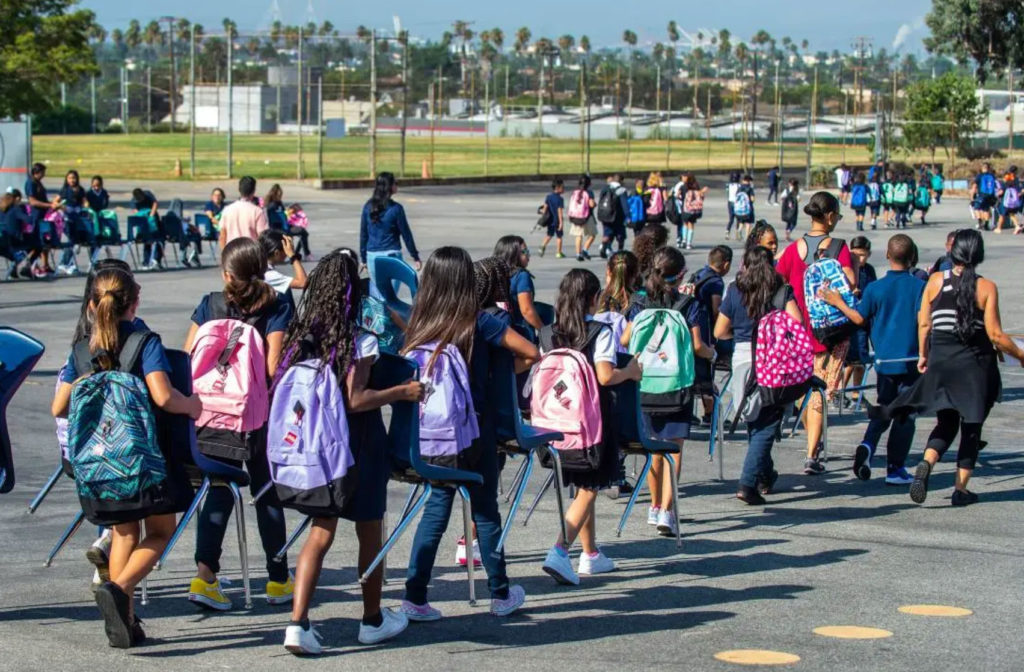Californianshave been dissatisfied with the state’s public schools for decades, but toquote a famous entertainer of the 20th century, “You ain’t seen nothin’ yet.”
Back in 1992, the Legislature responded topublic dismay over the quality of K-12 education by creating public charterschools that would have more independence, often without a union contract forfaculty and staff.
Ever since, the powerful teachers’ unionshave sought to erode the competitive pressure from charters. They achieved avictory in 2019, when newly elected Gov. Gavin Newsom signed Assembly Bill1505. The law made it harder to start new charter schools by giving localschool districts more power to prevent the competition; under AB 1505, schooldistricts could block a new charter from opening if its programs wereduplicative or if the fiscal impact “would substantially undermine” theexisting schools in the neighborhood.
That putthe failing schools in the position to block any competition. As if that wasn’tenough, in June 2020, the Legislature passed a pandemic-response budget thatbased school funding on the previous year’s attendance, penalizing schools withgrowing enrollments. That hurt public charter schools that had attracted newstudents by offering virtual learning programs during the lockdown. Even with alegislative “fix,” Senate Bill 820 in October 2020, schools with growingenrollment continued to be underfunded.
The legislative harassment of charter schoolscontinued this year with Assembly Bill 1316, supported by the CaliforniaTeachers Association, which the CTA said would improve “audit and accountingsystems” and “oversight,” restructure a “flawed funding determination process”and close “loopholes” in student attendance. The bill was sent to the inactivefile in June by its author, Assembly education committee Chair PatrickO’Donnell, D-Long Beach, but could return in 2022.
Under state law, school funding is supposedto follow the student, but Newsom and state lawmakers have consistently triedto limit the options available to those students.
Now a backlash is taking shape. Two ballotinitiatives have been filed with the attorney general’s office that wouldrequire the state to fund education savings accounts annually for studentswhose parent or guardian requests it. The state would be required to calculatethe per-pupil education spending for the academic year and deposit that amountin an account for the benefit of the student, with the money to be directed bythe parents to the school of their choice. The state would be prohibited fromraising taxes to accomplish this.
Another proposed initiative seeks to amendthe California constitution to require the state to provide “high-quality”public education for all students; currently only a “free public education” isguaranteed. Like the school choice initiatives, this measure would prohibit newtaxes. Proponents say the aim is to “finally empower public school parents witha seat at the table” to challenge policies that trap students in failingschools, divert funding and prevent the justified dismissal of problemteachers.
Furtherevidence of backlash against business as usual in Sacramento can be seen inanother initiative that could affect the schools. Silicon Valley venturecapitalist Tim Draper is the proponent of a measure that would end collectivebargaining for government employees in California, effectively abolishingpowerful public employee unions.
Parents in California may be writing a newchapter in the state’s education textbook.
https://www.dailynews.com/2021/10/14/growing-efforts-to-reform-school-system
